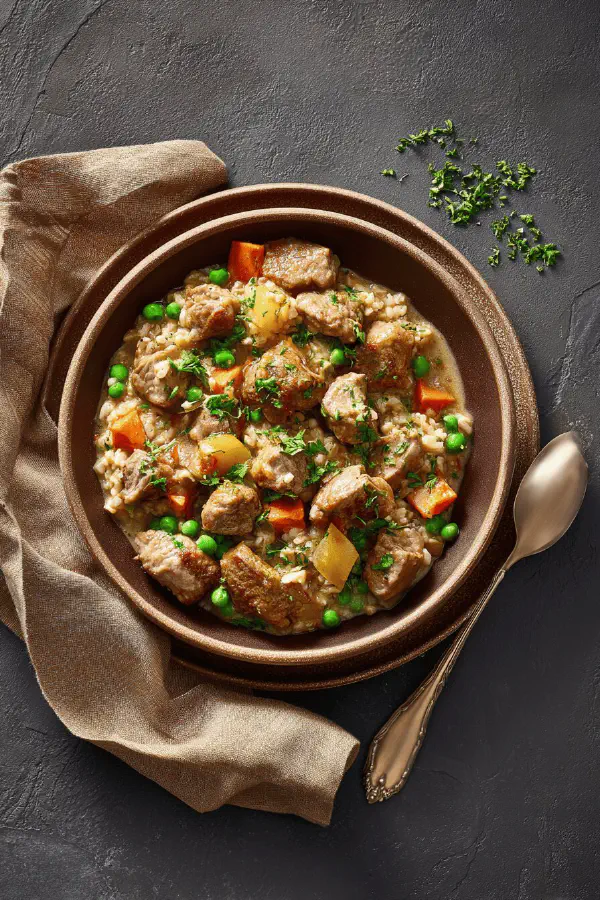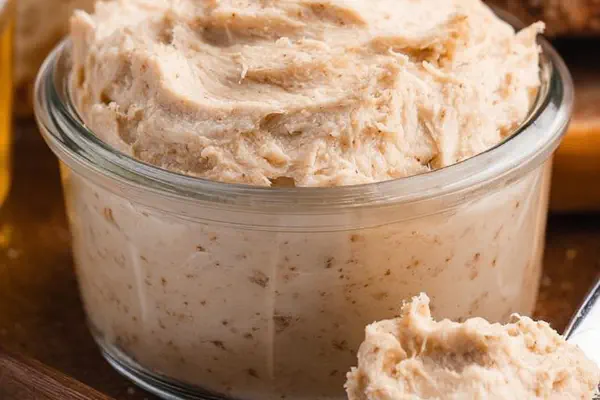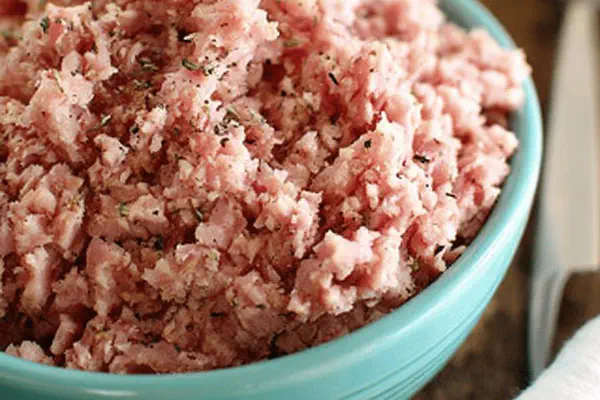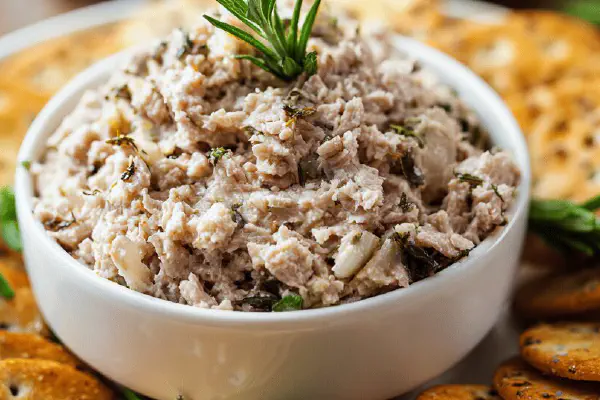Featured Recipe
Savory Pork-Veal Cretons

By Kate
"
A rustic pork and veal cretons dish simmered slowly with aromatics and herbs, absorbing liquid until thick and spreadable. Uses quick oats and a splash of cider vinegar to tweak texture and acidity. Cook low, watch moisture vanish, then cool under plastic to seal in freshness. Traditional Quebec comfort food revamped, without eggs or nuts, gluten free. Keeps well refrigerated or frozen for weeks. Makes a savory spread, breakfast staple or game day snack.
"
Prep:
20 min
Cook:
Total:
Serves:
6 servings
savory
spread
gluten free
comfort food
Introduction
Cretons. Dense, pork-veal blend simmered slow. Not mashed meat — a coarse, soft spread with quick oats melding texture. No eggs or nuts needed. Fat and moisture balanced carefully to avoid dryness or mush. The liquid stage critical — must be nearly gone for right consistency; don’t rush or end with runny cretons. Aromatics—onion, garlic—render base flavor. White wine replaced with apple cider for subtle fruit note; can swap ground veal with chicken thighs if needed, but veal adds mild sweetness hard to mimic. Salt and freshly ground allspice build gentle warmth. Cool under plastic to avoid skin—classic trick, keeps surface soft and supple. Great for breakfast or late-night snack. Keep refrigerated tightly sealed, or freeze single portions for quick meals on demand. The method—low and slow heat, breaking meat carefully, watching liquid’s disappearance—is essential. No shortcuts here. You’ll learn cues to smell, sound, texture that tell when to move to next step.
Ingredients
About the ingredients
Ground pork shoulder gives juicy richness; leaner cuts risk dry texture. Veal is traditional, yields mild, tender notes—sub ground chicken thighs for leaner any time, but veal remains preferred. The fat source critical—duck fat adds subtle flavor, but pork fat or rendered bacon can replace, adjusting taste profile slightly. Whole milk or cream balances dryness in cooking; skim or non-dairy milks lose mouthfeel. Quick oats act as binder without heaviness; rolled oats too thick and slow-cooking, steel cut will never soften right here. White wine adds acidity and brightness; apple cider vinegar added after oats gives a zip balancing richness. Salt ideally kosher for even seasoning. Allspice freshly ground lends subtle warmth—avoid pre-ground cheaper stuff for stronger bitter notes. Broth can be chicken or veggie—adds moisture and subtle savoriness; water is last resort but expect weaker flavor.
Method
Technique Tips
Onion and garlic soften without browning to avoid bitterness; gentle sizzle is key. Using wooden spoon for breaking meat encourages small pieces and releases flavor without over-handling. The liquid stage isn’t boiled fast but simmered gently so flavors meld and meat tenderizes without toughening proteins. Covering allows even heat distribution and moisture retention before oat addition. When oats go in, heat must be low to medium-low, uncovered—stir constantly to prevent sticking to bottom and to evenly absorb liquids. The final dried stage is tactile; test spread thickness with spoon—no liquid sheen means ready. Pressing into molds removes air pockets which would cause dry spots or holes during setting. Covering surface directly with plastic wrap prevents film forming, maintains smooth texture; wax paper or foil too thick and can trap moisture unevenly. Cooling time is practical—short-cuts risk crumbling cretons that won’t slice cleanly. Proper refrigeration firms the mixture, concentrates flavors. Label container dates to manage storage safety.
Chef's Notes
- 💡 Sizzle onions and garlic slow; watch closely. Don't let them brown; bitterness creeps in. Key to base flavor, releasing sweet aromas. Medium-low heat is crucial here.
- 💡 When adding meat, do it in batches. Break lumps. Encourage even browning. This ensures even cooking. Careful handling preserves tenderness; avoid tough bites. Low heat retains juices.
- 💡 Oats bind everything—don't rush that last cooking phase. Stir constantly to avoid burning. Texture needs to be thick but not dry. If wet? Keep cooking. Test with spoon. No liquid sheen shows readiness.
- 💡 Cooling is part of the process. Press mixture into pan, avoid air pockets. Wrap tightly with plastic. Prevents skin formation, keeps texture smooth. Chilling isn't optional—firm sliceable spread result.
- 💡 Freezing options exist. Portion out, for quick snacks. Use airtight containers. Thaw in fridge overnight. Keeps several weeks. Don't forget to label for tracking!
Kitchen Wisdom
What can I substitute for veal?
Ground chicken thighs work well. Lower fat but slightly different flavor. Veal has a mild sweetness, harder to mimic.
Why is my cretons too moist?
Check cooking time before adding oats. If liquid isn’t getting low, keep simmering. Stir frequently to ensure even evaporation.
Can I use non-dairy milk?
Not recommended. It alters mouthfeel; whole milk or cream provide crucial fat. Riskier with skim. Maintain moisture while cooking.
How long does it keep?
Refrigerated, up to a week. Frozen, three months or so. But use airtight containers. Helps avoid freezer burn. Keep an eye on it.



